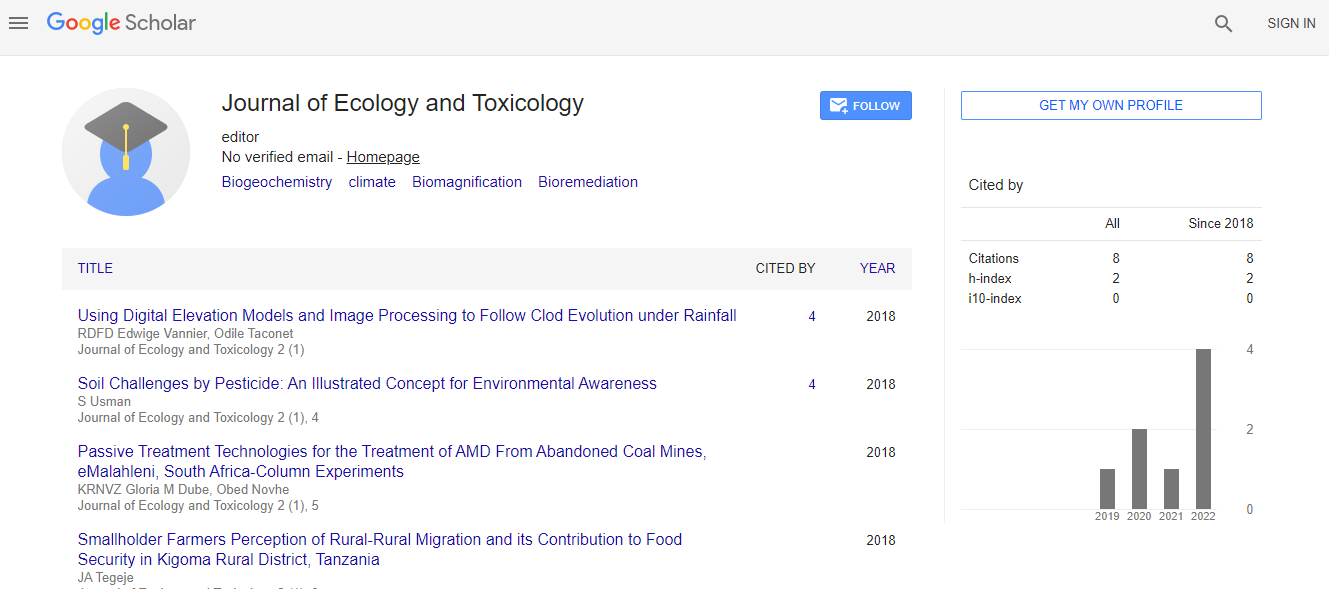Polychlorinated Biphenyls (Pcbs) by Indigenous Bacteria of Co-Polluted Wastewater and Atmospheric Concentrations
*Corresponding Author: Zhong-Ze Fang, Department of Toxicology and Sanitary Chemistry, Tianjin Medical University, Tianjin, China, Email: fangzhongze@tmu.edu.cn
Copyright: © 2021 . This is an open-access article distributed under the terms of the Creative Commons Attribution License, which permits unrestricted use, distribution, and reproduction in any medium, provided the original author and source are credited.
Abstract
Polychlorinated biphenyls (PCBs) are a gathering of artificial synthetics. They are slick fluids or solids, clear to yellow in shading, with no smell or taste. PCBs are entirely steady blends that are impervious to outrageous temperature and strain. PCBs were utilized broadly in electrical gear like capacitors and transformers. They additionally were utilized in pressure driven liquids, heat move liquids, greases, and plasticizers. The essential organization that made PCBs in the United States was Monsanto Inc., for the most part utilizing the name Aroclor. Business creation of PCBs finished in 1977 in view of wellbeing impacts related with openness. In 1979, the U.S. Ecological Protection Agency (USEPA) restricted the utilization of PCBs; nonetheless, PCBs are as yet present in numerous pre-1979 items.

 Spanish
Spanish  Chinese
Chinese  Russian
Russian  German
German  French
French  Japanese
Japanese  Portuguese
Portuguese  Hindi
Hindi 